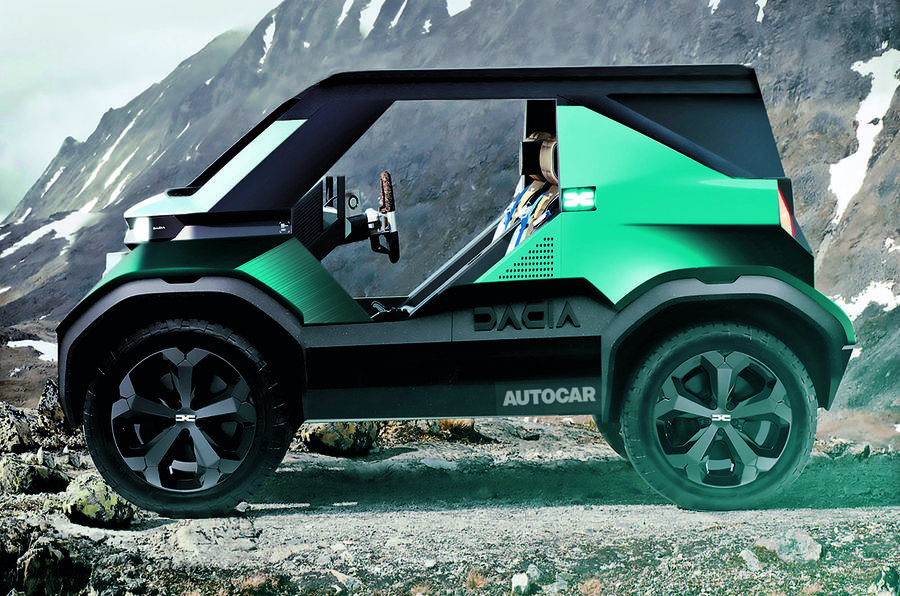Dacia is considering the viability of a diminutive, bare-bones city car in the vein of the Citroën Ami, in a bid to tap into the rapidly growing shared urban mobility market.
The Romanian brand is currently expanding its market footprint outside of its core B-segment offering, with the Bigster and two other C-segment cars due in the coming years and the A-segment Spring already established as one of Europe’s most popular electric cars, but the potential to reach downwards into the tiny urban EV market remains, as design chief David Durand revealed to Autocar.
While he questioned whether cars have a place in the most congested urban environments – “why do you need a car in the centre of the city?” – he acknowledged that public transport does not work for everyone and bicycles are not a suits-all mobility solution. “Two wheels, for many people, is dangerous,” he said
Durand admitted to being a fan of the Citroën Ami’s approach to catering to city drivers, and when asked if Dacia could launch a rival product, he said: “We are considering everything.”
Dacia’s essentials-only ethos would seem to stand it in good stead to capture a share of this cheapest of car segments. The Ami is one of Europe’s cheapest and lightest EVs (it is technically a quadricycle, rather than a car) and goes without costly, heavy equipment such as air conditioning, an infotainment system, advanced driver aids and power steering.
Dacia would no doubt follow a similar path if it entered the quadricycle market, and last year’s Manifesto off-road buggy concept gave clues as to how it plans to combine utility with affordability in future models, – most realistically with its phone-based infotainment system, washable upholstery, easily replaceable body panels and single headlight cluster.
Each of Dacia’s upcoming products is based on a derivative of parent company Renault’s CMF-B architecture, save for the Spring, which is based on the smaller, electric-only CMF-AEV platform.
It is unclear whether this platform can be shrunk yet further to provide a base for a true ‘sub-A0’ city EV, but notably Renault’s newly hived-off mobility brand, Mobilize, recently revealed the Twizy-esque Duo as a no-frills EV designed for car-sharing schemes, and this would seem a logical base for any Dacia equivalent.
Durand is convinced that European governments should do more to incentivise the purchase of tiny electric cars in this vein. Pointing to Japan’s ‘kei car’ classifications as an example of how regulation can drive uptake of more space-efficient cars – by offering tax, insurance and parking benefits to vehicles below a certain size – he suggested Dacia would only enter this market if the legislative conditions were right.









Join the debate
Add your comment
these make no sense. Why didn't Citroen simply make a shortened all-aluminum 2cv? The original 375cc had 9hp, the Ami has 8hp and electric's torque curve, and the 2cv has much better suspension etc. There also aren't any videos of people rolling them over at non-unreasonable speeds. The Dacia being like a Renault 4 doesn't strike me as a terrible idea, but i'd wager nobody agrees with any of this!
There is a market for a low cost 2 or 4 seat electric car which commuters can use to take short journeys. Range and niceties are not important but doors and heating are.
MINI should look at this. Why not bring out a new MOKE? Keep it as simple as possible, make it in a cheap location and give it a range of no more than 60 miles. Target price should be about 8k. Think functional, robust design and because it's a MINI don't make it feel cheap. In cities like London these would fly off the shelf.